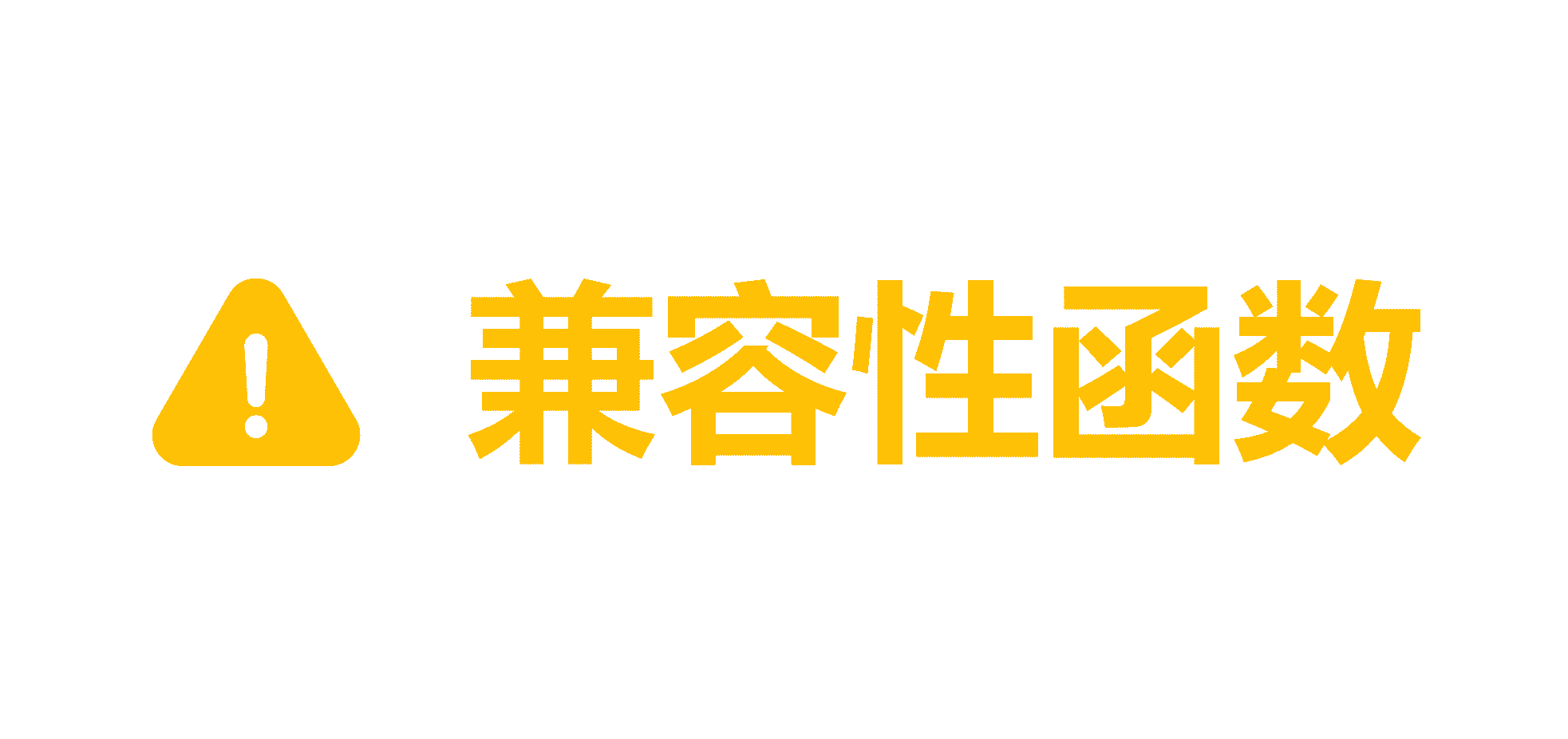返回
技术小白也能学会!独一无二的CSS垂直居中秘籍
前端
2023-10-09 03:26:11
什么是水平垂直居中?
水平垂直居中是网页设计中常见的一项任务,即让一个元素在父容器内保持水平和垂直的居中位置。这不仅是美观布局的基础,也能提升用户体验,尤其是在响应式网站设计方面。
解决方案一:Flexbox方法
Flexbox提供了简单直接的方法来实现水平和垂直居中。只需将display属性设置为flex,并使用justify-content和align-items来对齐元素即可。
<div class="container">
<div class="child">居中的内容</div>
</div>
<style>
.container {
display: flex;
justify-content: center; /* 水平居中 */
align-items: center; /* 垂直居中 */
height: 100vh; /* 父容器高度设置为视窗高度,确保垂直居中效果明显 */
}
.child {
width: fit-content;
}
</style>
解决方案二:Grid布局
CSS Grid提供了另一种强大的方法来实现水平和垂直居中。只需将display设为grid,并使用place-items属性即可。
<div class="container">
<div class="child">居中的内容</div>
</div>
<style>
.container {
display: grid;
place-items: center; /* 同时设置水平与垂直居中 */
height: 100vh;
}
.child {
width: fit-content;
}
</style>
解决方案三:绝对定位
通过使用position属性,结合transform,可以实现元素的水平和垂直居中。这种方法适用于那些已知高度或宽度的元素。
<div class="container">
<div class="child">居中的内容</div>
</div>
<style>
.container {
position: relative;
height: 100vh;
}
.child {
position: absolute;
top: 50%;
left: 50%;
transform: translate(-50%, -50%);
}
</style>
解决方案四:表格布局
CSS中的display属性设置为table-cell也能实现居中效果,尤其是对于需要固定高度的内容。
<div class="container">
<div class="child">居中的内容</div>
</div>
<style>
.container {
display: table;
height: 100vh;
}
.child {
display: table-cell;
vertical-align: middle; /* 垂直居中 */
text-align: center; /* 水平居中 */
}
</style>
解决方案五:负margin方法
利用元素的宽度和高度,结合负margin值也可以实现水平垂直居中的效果。
<div class="container">
<div class="child">居中的内容</div>
</div>
<style>
.container {
height: 100vh;
}
.child {
width: 200px; /* 示例宽度 */
height: 200px; /* 示例高度 */
position: absolute;
top: calc(50% - 100px); /* 负margin一半的高度,以实现垂直居中 */
left: calc(50% - 100px); /* 同理,负margin一半的宽度 */
}
</style>
解决方案六:使用Transform属性
这种方法同样利用了transform的平移效果。它不需要元素的实际尺寸信息。
<div class="container">
<div class="child">居中的内容</div>
</div>
<style>
.container {
position: relative;
height: 100vh;
}
.child {
position: absolute;
top: 50%;
left: 50%;
transform: translate(-50%, -50%);
}
</style>
解决方案七:CSS3 Transform
与解决方案六类似,使用transform属性结合百分比定位来实现居中。
<div class="container">
<div class="child">居中的内容</div>
</div>
<style>
.container {
position: relative;
height: 100vh;
}
.child {
position: absolute;
top: 50%;
left: 50%;
transform: translate(-50%, -50%);
}
</style>
解决方案八:使用Margin属性
对于已知尺寸的元素,可以利用auto值来实现居中。
<div class="container">
<div class="child">居中的内容</div>
</div>
<style>
.container {
height: 100vh;
}
.child {
width: 200px; /* 示例宽度 */
height: 200px; /* 示例高度 */
margin: auto;
position: absolute;
top: 0;
bottom: 0;
left: 0;
right: 0;
}
</style>
解决方案九:使用calc()
对于已知尺寸的元素,可以通过计算来定位。
<div class="container">
<div class="child">居中的内容</div>
</div>
<style>
.container {
height: 100vh;
}
.child {
width: 200px; /* 示例宽度 */
height: 200px; /* 示例高度 */
position: absolute;
top: calc(50% - 100px); /* 高度一半的负值 */
left: calc(50% - 100px); /* 宽度一半的负值 */
}
</style>
这些解决方案覆盖了从Flexbox到绝对定位等多种CSS技术,提供了不同场景下的实现方式。选择哪种方法取决于具体的设计需求和浏览器兼容性考虑。
相关资源
这些资源提供了进一步学习Flexbox和Grid布局的详细资料。



